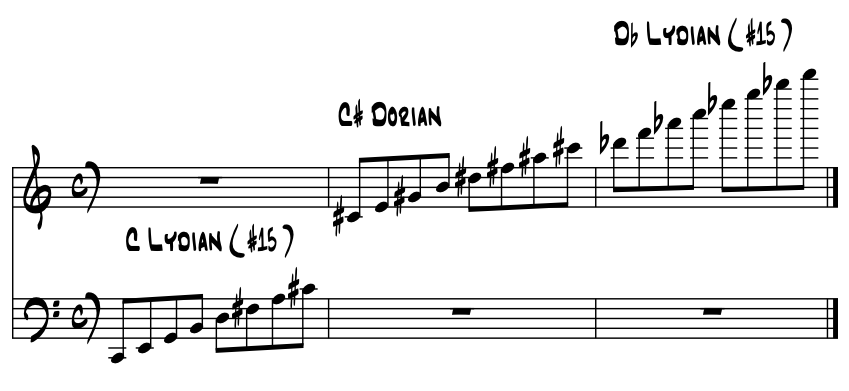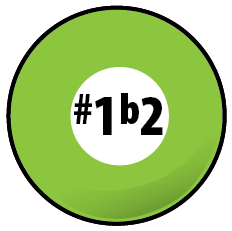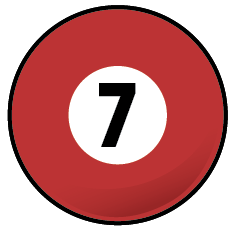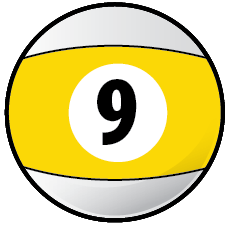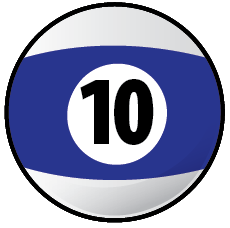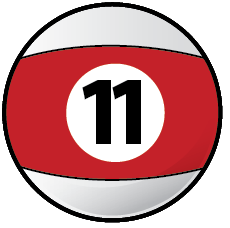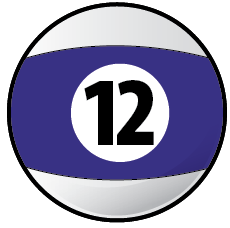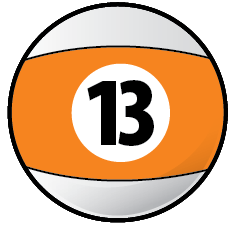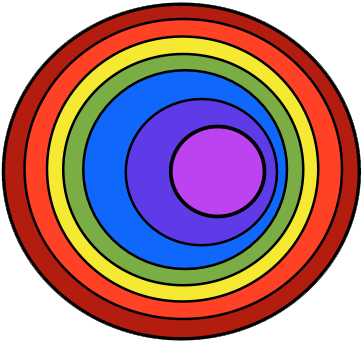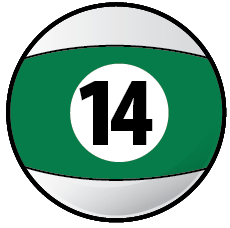|
~ sharp 15 ( #15 ) ~ Lydian Dorian Dance ~ ~ needing our 12 pitches twice to close this loop ~ ~ evolving beyond the diatonic realm ~ ~ forward motion through keys via arpeggios ~ ~ the augmented double octave ~ |
In a nutshell. So, it turns out that there's a way to expand and advance our 12 pitch, closed chromatic loop of pitches a wee bit, actually into a four octave span, that evolves the diatonic realm so to speak, moving to a sort of fourth dimension ( ? ) for composition and soloing through chord changes, initially with an arpeggio built structure. We do this by a using a major 3rd / minor 3rd interval cell, or vice versa, which after four octaves, closes back on our starting pitch. And along the way, create a new way to weave the emotional environments of the now ancient Dorian and Lydian modes. And thus create a new paradigm (dimension) for our explorations, improvisations and compositions. Author's note. I've asked about this '#15' colortone to some pretty hip players over the decades now. And everyone has responded that they; had not really ever heard of #15, but that yes it does make sense, that its theory is solid, and some even said that there might be something there for them artistically and that they would look into it. And as of today, I've still yet to see any sort of '#15' discussion in any other book. Another first ? |
We do this by 'correcting' our core diatonic arpeggio, built up from our most common diatonic, relative major / minor group of pitches, through a more symmetrical build of the alternating major and minor thirds, used to create our arpeggios. Compare the interval formulas. Example 2. |
|
major scale interval sequence |
maj 3rd |
min 3rd |
maj 3rd |
min 3rd |
min 3rd |
maj 3rd |
min 3rd |
# 15 symmetrical sequence |
maj 3rd |
min 3rd |
maj 3rd |
min 3rd |
maj 3rd |
min 3rd |
maj 3rd |
Cool ? We 'fix' the two consecutive minor 3rd's in the diatonic grouping, swap a major for minor, so as to get a perfect alternating of major and minor 3rd's symmetry. That's all there is to this theory. There's a minor 'flipside' inverted relative if you'll allow, which just inverts the sequence to minor / major. And voila, the Lydian / Dorian weave to all points beyond tonal universe; into a different tonal gravity and a new artistic sense of aural predictability in our creations :) All points in that this symmetrical arpeggio will continue to loop until all of the 12 Lydian and 12 Dorian modal centers have been visited. |
What results is a rather remarkable architecture that retains nearly all of the original framework of our two part, modal basis of the Ionian / Aeolian, relative major / minor tonal centering. With #15, our paired central modes are the now ancient Lydian and Dorian groups, that we inherited from Pythagoras 2500 years or so ago. There's also a bit of a tritone interval shift as the Four / Seven tritone pairing in the major scale is replaced by #11, which when capped by #15, takes on a new coloring from its traditional role in V7. Cool huh ? And its theory mumbo jumbo goes just like this :) |
"One is not born a genius, one becomes a genius." |
wiki ~ Simone de Beauvoir |
Historical origins pour moi. The following discussion and theory ideas originated way back in '82', with hearing this arpeggio lick sounded as the closing lick for the jazz standard "Smoke Gets In Your Eyes", as performed on piano by Dr. Alan Frank. Here in 'C' major. Example 1. |
|
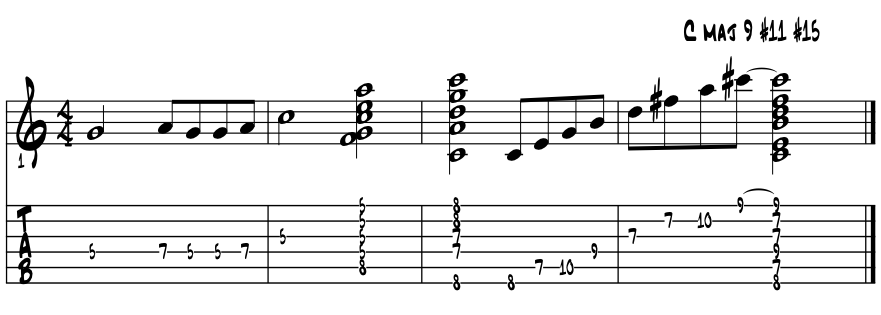 |
| Interesting sound yes? Click it again. And man if that ain't a true blue colortone marvel Hollywood chord to close the line ta boot ! Here's a bass line story for #15 pitches, tonic One up on through to #15, a double octave plus a half step arpeggio. From the lower root pitch 'C.' Example 1a. |
major arpeggio |
1 |
3 |
5 |
7 |
9 |
#11 |
13 |
15 |
# 15 symmetrical sequence |
C |
E |
G |
B |
D |
F# |
A |
C# |
 |
| Cool ? Sounds pretty much like two major 7th arpeggios sounded back to back are supposed to sound yes ? Hmmm ... two major 7th chords ... wonder if minor will be two minor 7th chords ? Aren't these chords both a 'chord type' too ? Example 1b. |
minor arpeggio |
1 |
3 |
5 |
7 |
9 |
#11 |
13 |
15 |
# 15 symmetrical sequence |
A |
C |
E |
G |
B |
D |
F# |
A |
 |
Yep. Minor 3rd major 3rd minor 3rd major 3rd ... a pure perfecto. Yet somehow, this time we ended up on the same pitch ... ? So one of our two strands has perfect closure and the other does not ? Yep. Major minor was 'C to C#.' Minor to major was 'A to A.' So minor is different than major ? It is Amigo, and that's what somehow allows for the 'Lydian / Dorian 'weave' to work its magics. One group ends and its last pitch, becomes the first of the new group. And each new group swaps major to minor, or if we start minor, then minor to major. You're kidding ? Nope :) |
Correcting the diatonic arpeggio / Lydian major. Please examine the following chart for intervals of the diatonic major scale respelled into its arpeggio. Turns out there's two 'minor 3rds' in a row to get the pitches diatonically correct. In building the #15 arpeggio's, we 'fix' this 'two minor 3rd's' with a pure alternating of the major 3rd and minor 3rds, (a simple swap of the second minor 3rd with its next interval works the magic). Thus the idea of 'correcting' the diatonic sequence. Compare the intervals and letter names of interval this theory from the root pitch 'C.' Example 2. |
major scale interval sequence |
. |
maj 3rd |
min 3rd |
maj 3rd |
min 3rd |
min 3rd |
maj 3rd |
min 3rd |
C major arpeggio |
C |
E |
G |
B |
D |
F |
A |
C |
# 15 symmetrical sequence |
. |
maj 3rd |
min 3rd |
maj 3rd |
min 3rd |
maj 3rd |
min 3rd |
maj 3rd |
C arpeggio #15 |
C |
E |
G |
B |
D |
F # |
A |
C# |
Fairly straightforward yes? How about permutating this to an interval sequence of minor 3rd / major 3rd? |
Correcting the diatonic arpeggio / Dorian minor. In this next idea we follow the same build process as just above but are thinking diatonic minor. Using the same pitches, we're now in the relative minor of 'C' major, so building up from the root pitch 'A.' Now we'll swap around the last two intervals in the arpeggio. Ex. 3. |
minor scale interval sequence |
. |
min 3rd |
maj 3rd |
min 3rd |
maj 3rd |
min 3rd |
min 3rd |
maj 3rd |
A minor arpeggio |
A |
C |
E |
G |
B |
D |
F |
A |
# 15 symmetrical sequence |
. |
min 3rd |
maj 3rd |
min 3rd |
maj 3rd |
min 3rd |
maj 3rd |
min 3rd |
A Dorian arpeggio |
A |
C |
E |
G |
B |
D |
F# |
A |
Cool? Are you already in the know that 'F#' in A minor implies, 'A' Dorian from the second scale degree of the parent scale of 'G' major ? Cool. |
Interesting, even as we evolve to Dorian mode pitches, we attain the perfect closure of the loop. Of course if we continued along with this symmetrical sequence, our next pitch would be a up a major 3rd from 'A', so to a 'C#', so no longer in the A minor tonality. This 'transition link' from minor to major, and vice versa, becomes the basis for the consistent looping and the architectural structure that the #15 system provides; that one modal grouping of the pitches 'steps' by either major or minor 3rd right into the next, creating an alternating pattern of a Lydian / Dorian / Lydian / Dorian or vice versa, weaving and dance of these ancient musical pitches and colors. |
Closing the loop, and here's where it gets crazy. In this next idea, we run the above pitch sequences out in our alternating major 3rd / minor 3rd sequence and look to close the loop back to our starting point our sequence ... after seven octaves. In this next chart, the pitches are broken down into groups of eight, so same number of pitches as a diatonic closed loop, but now spanning two octaves. Remember though we're still only working with tertian arpeggios for now. Example 4. |
C |
E |
G |
B |
D |
F# |
A |
C# |
C# |
E |
G# |
B |
D# |
F# |
A# |
C# |
Db |
F |
Ab |
C |
Eb |
G |
Bb |
D |
D |
F |
A |
C |
E |
G |
... |
... |
The loop is closed, the 12 twice. From our starting point of C E G, a 'C' major triad, to C E G again, in the fourth row etc. So by just counting each letter pitch once in the above tables, and no enharmonic pitches either, after 24 interval episodes of the major 3rd / minor 3rd sequence, we arrive back to our starting pitch even octave above, for the same sequence of pitches to begin again. So we've perfectly closed our loop. |
Arpeggios into scales. From this last group of arpeggios, let's evolve from eight pitches into seven pitch scales. Example 4a. |
C |
E |
G |
B |
D |
F# |
A |
C# |


